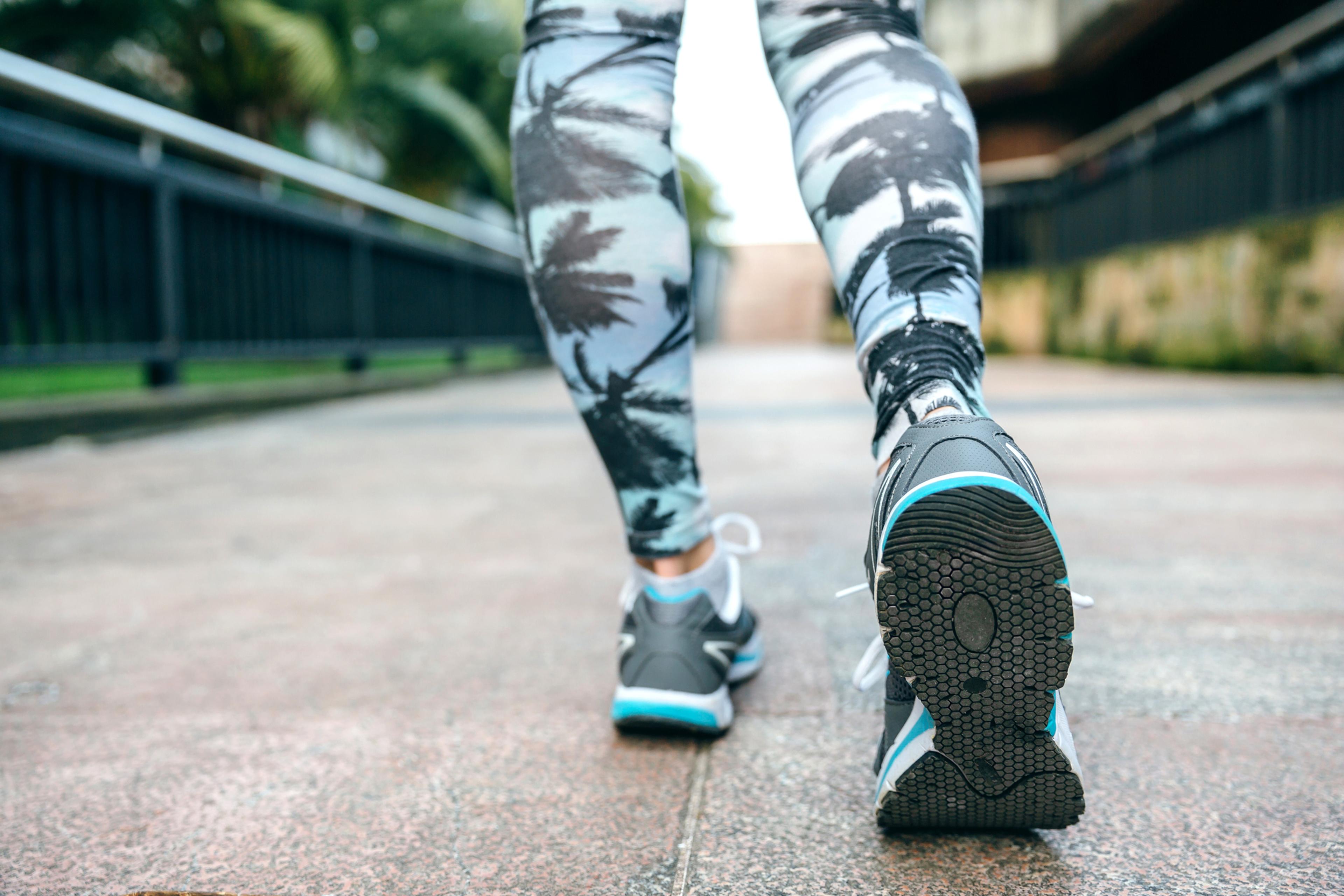Benefits of Walking Backwards
Jake Newby
| 4 min read

Walking backwards – also known as “retro walking” – was a past time of sorts in the United States. In 1915, a man named Patrick Harmon was challenged to walk backwards from San Francisco to New York City to win a $20,000 bet. He is said to have conquered the feat in 290 days. Harmon wasn’t the only American to walk backwards for an extreme distance, as newspaper outlets in the early 20th century regularly chronicled these challenges. Walking backwards was often done to win a friendly wager or break a world record.
You’re not likely to hear about such a strange challenge happening today. Perhaps today’s version of the sideshow would be broadcast on Instagram Live. Now, if you see someone at the gym walking backwards on a treadmill, one of two things is probably happening. That person either suffers from knee pain, lower back pain or arthritis and does it to lessen the wear and tear other cardiovascular activities put on their body, perhaps as an extension of physical therapy. Or they’re trying to work different muscles than forward walking or running work.
Are there any benefits to walking backwards?
Walking backwards has been studied for decades. The reduced range of motion required during backwards walking as opposed to regular walking is appealing to people with certain ailments or conditions. Walking forward begins with heel contact, while walking backward begins with toe contact. A person’s heel may barely touch the ground depending on their motion, resulting in little to no impact in the knee joint.
Janet Dufek, University of Nevada biomechanics expert, has researched backwards locomotion for more than 20 years. In a study Dufek and her colleagues released in 2011, walking backwards for just 10 to 15 minutes per day over a four-week period was found to increase the hamstring flexibility of 10 heathy female students.
Other studies have concluded that a long-term backward walking regiment reduced pain and improved mobility in people with knee osteoarthritis.
It’s also an activity that can benefit post-stroke patients. One study has indicated that walking backwards for 30 minutes a day, three days a week can improve gait, balance speed of walking and cardiopulmonary fitness. It could be helpful as part of a chronic stroke rehabilitation routine.
What muscles are toned by walking backwards?
Incorporating varied movement into workouts is important. The body adapts to movements and postures it performs most often. When we work the same muscles over and over, they naturally get tight, leading to joint compensation and eventually pain, stiffness and sometimes injury. Adding varied movements to our day-to-day activities or at the gym can help break that monotony.
While forward walking or running ignites a hamstring-dominant motion, backwards walking is generated by activating the quadricep muscles, so it’s a great exercise for the quads. This is a prime example of varied movement.
Additionally, the ankle joint absorbs the most shock while walking in reverse. Studies point to the exercise as one that stimulates the ankles and other muscles in the lower limbs, like the glutes and calves.
How to safely start a backward-walking routine
Whether you choose a treadmill or want to do it outside, starting a backward walking routine is fairly easy. But before you do, beware of the risks involved, most notably the fact you can’t see what’s behind you as you walk. Walking backwards during physical therapy has resulted in falls and serious injuries.
Practice good form by keeping your head and chest upright while rolling from toe to heel. Refrain from constantly peering over your shoulder, which can contort your body and expose you to injury.
If you are walking backwards outdoors, be sure to choose a wide-open area that isn’t crowded, has low elevation and isn’t amid a lot of trees and shrubbery that could collide with you. A large area of patchy grass or a long stretch of boardwalk are two examples. To avoid that peering-over-the-shoulder problem, walk with a forward-walking friend who can serve as your eyes. The two of you can take turns switching roles.
If you are walking backwards on a treadmill, start by holding the handrails and walking at a low speed, advisably below 2.0. As you become more accustomed to this movement, you can increase the speed setting.
Start your routine by walking backwards for 5 to 10 minutes a day several times a week. Or, during 20-minute walks, spend 5 to 10 of those minutes walking backwards. As your body acclimates to the varied movement, you can steadily increase your time. If it’s something you’ve gotten used to, you can eventually graduate to picking up your pace. Some can try challenging themselves by walking backward in a squat or lightly jogging backwards.
Read on:
Photo credit: Getty Images





